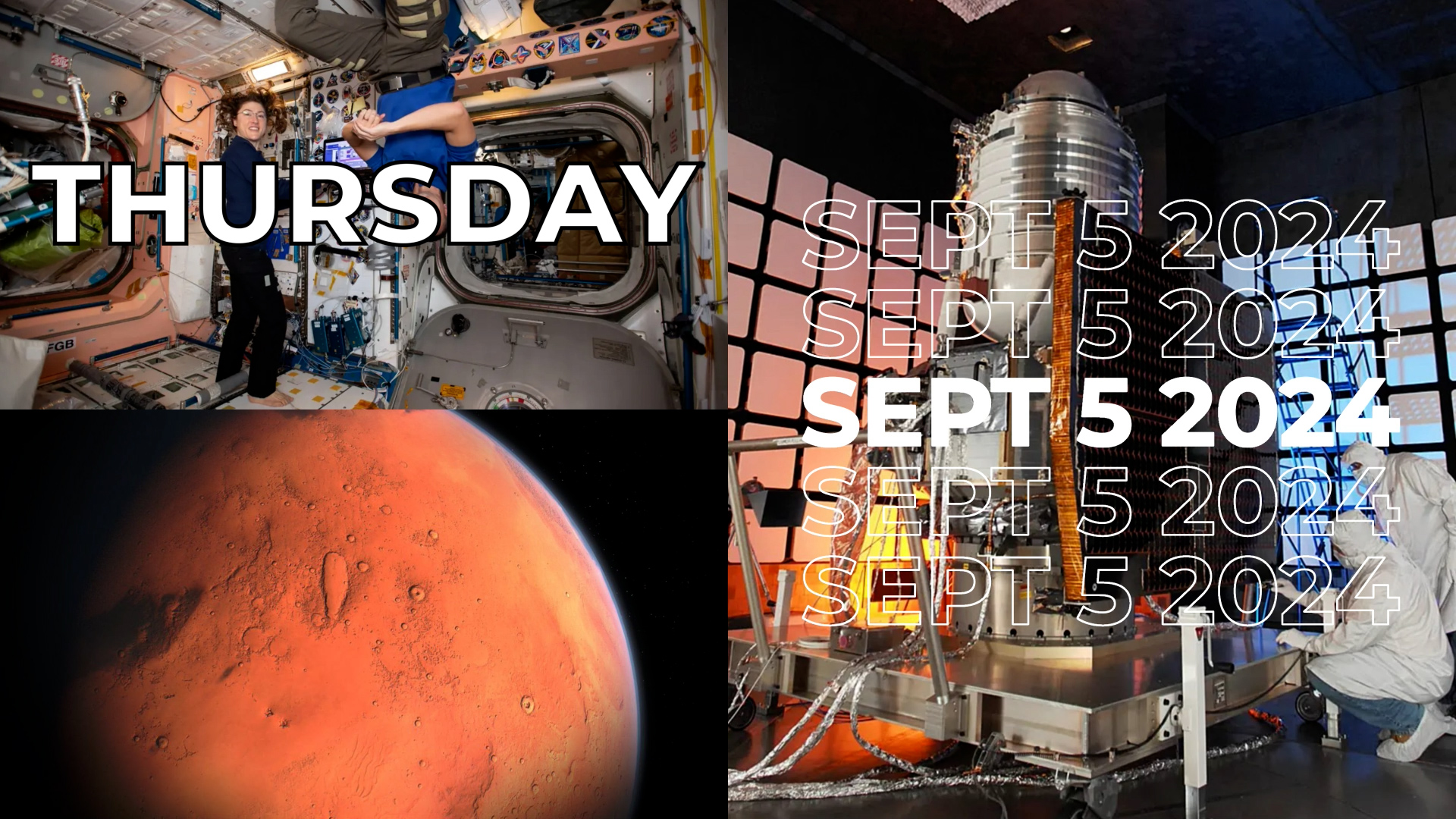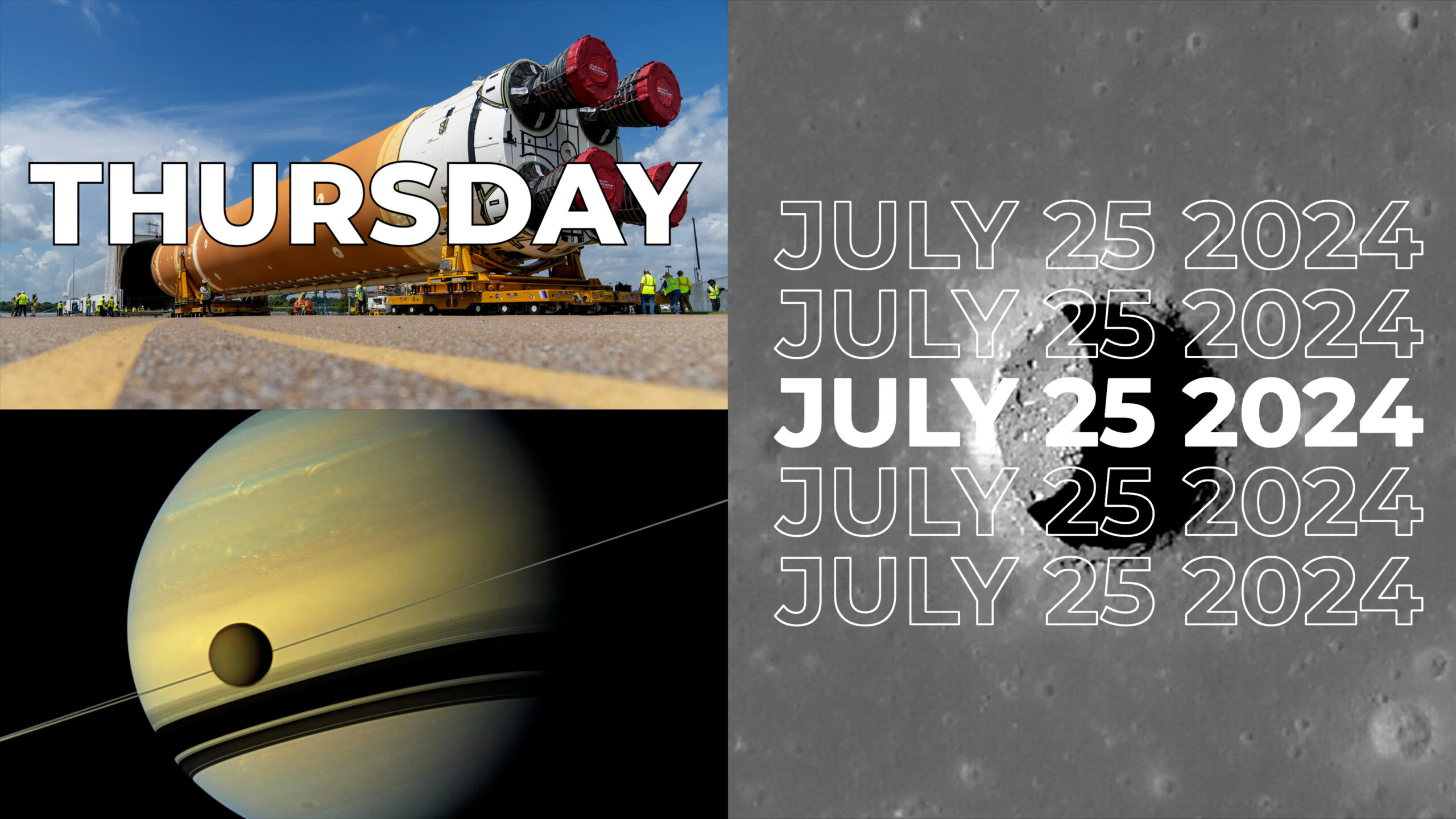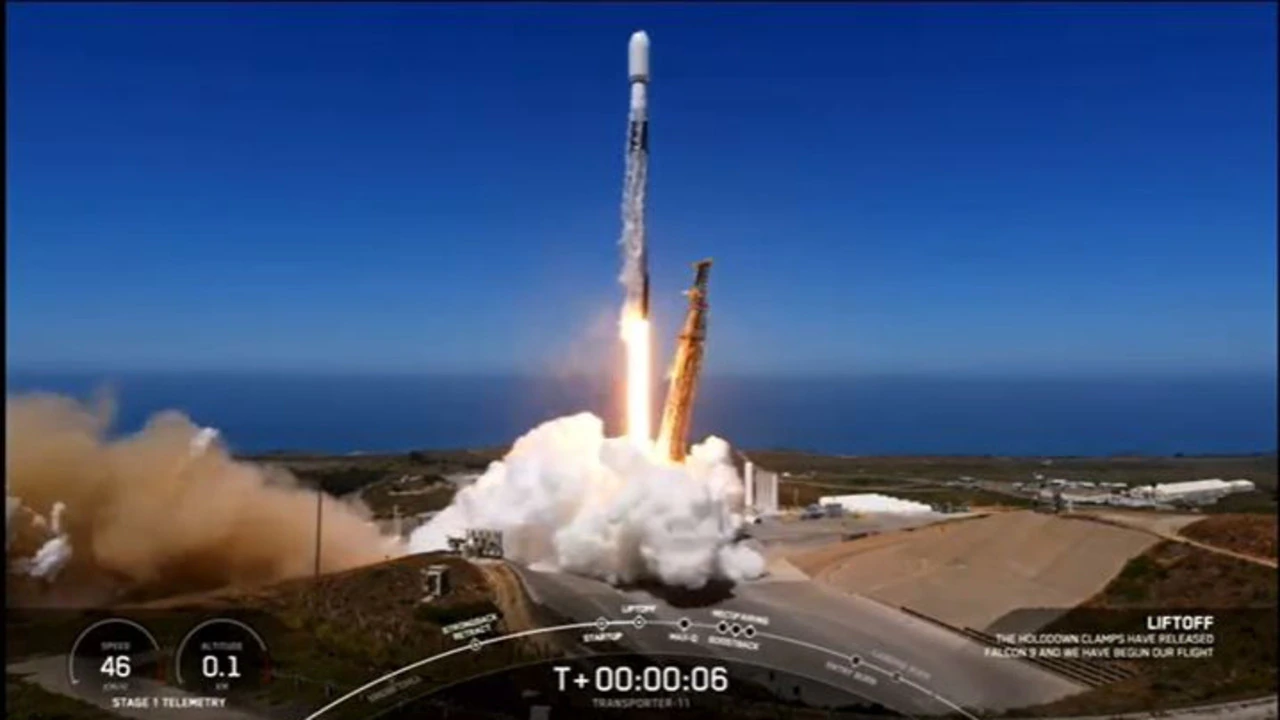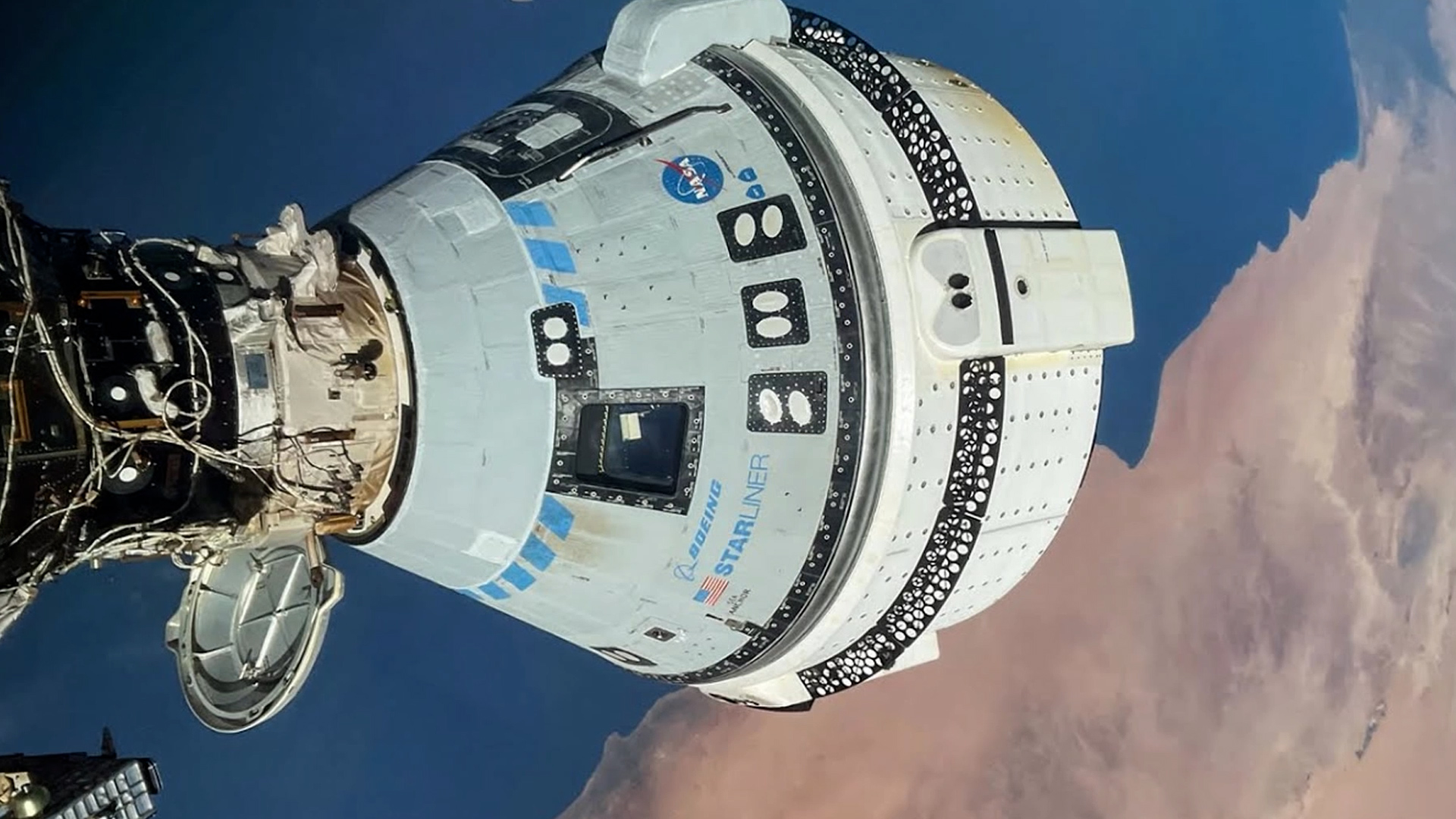The agency’s Joint EUV coronal Diagnostic Investigation, or JEDI, will capture images of the Sun in extreme ultraviolet light, to reveal many of the underlying mechanisms of the Sun’s activity.
Once integrated aboard the European Space Agency’s Vigil space weather mission, JEDI’s two telescopes will focus on the middle layer of the solar corona, a region of the Sun’s atmosphere that plays a key role in creating the solar wind and the solar eruptions that cause space weather.
Planned to launch in 2031, the Vigil space mission is expected to provide around-the-clock space weather data from a unique position at Sun-Earth Lagrange point 5 – a gravitationally stable point about 60 degrees behind Earth in its orbit.
This vantage point will give space weather researchers and forecasters a new angle to study the Sun and its eruptions. NASA’s JEDI will be the first instrument to provide a constant view of the Sun from this perspective in extreme ultraviolet light – giving scientists a trove of new data for research, while simultaneously supporting Vigil’s ability to monitor space weather.













